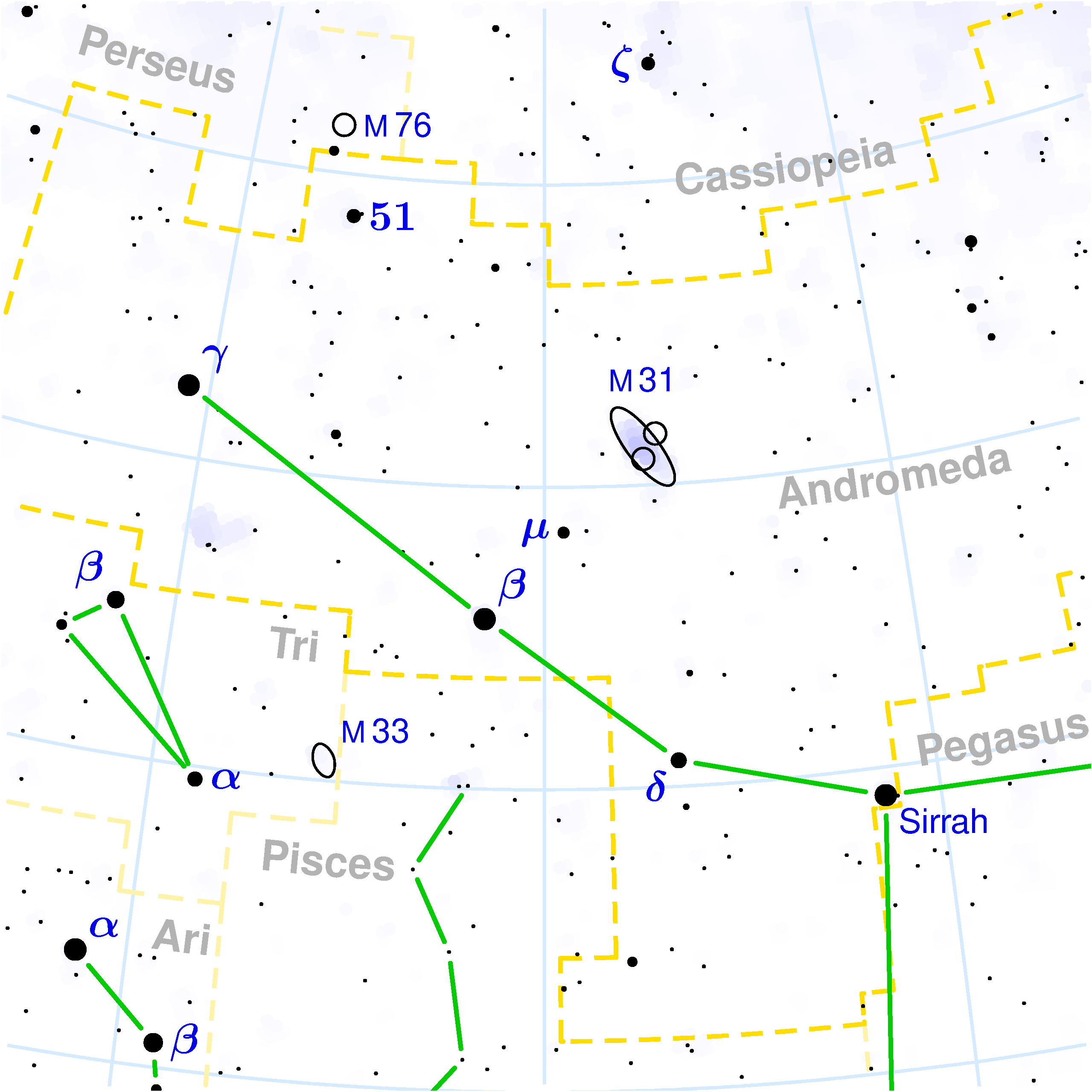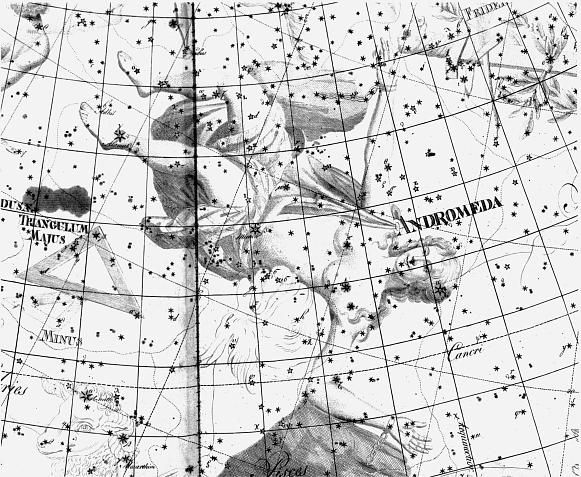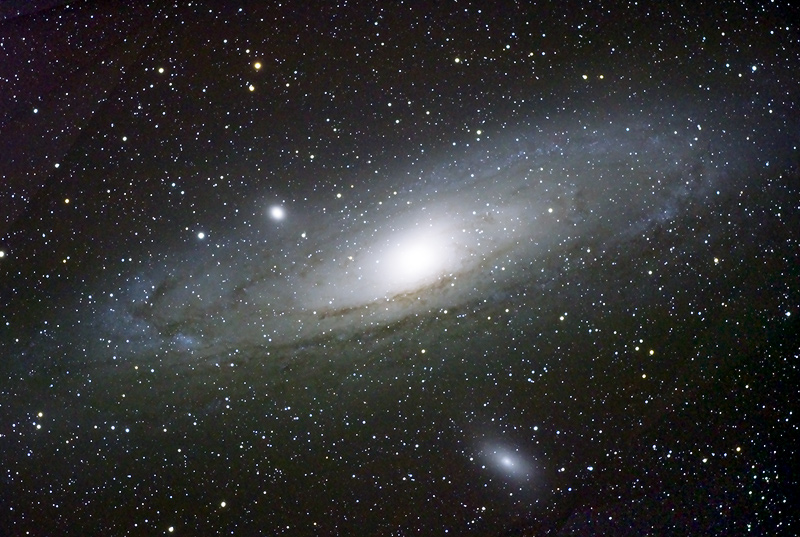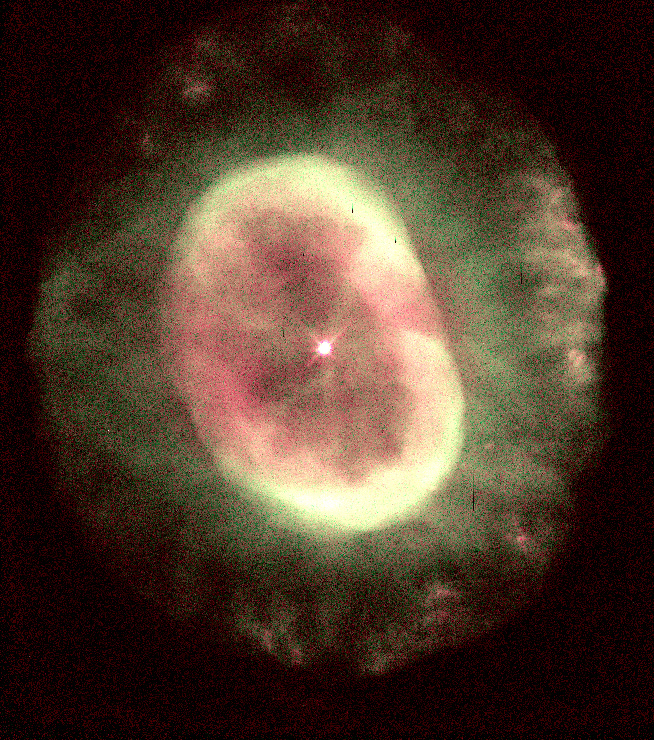ANDROMEDA
.png)
Roberto Mura - own work
CC BY-SA 3.0, wikimedia

CC BY-SA 3.0, wikimedia
Andromeda is a constellation which is most prominent in the northern hemisphere at the end of summer, well known for its galaxy of the same name - the farthest object which can be seen with the naked-eye. The Andromeda Galaxy can be glimpsed from a dark area, near Mirach, the central star of the three principal stars, and from there moving north-west slightly past the first two stars visible to the naked eye, the Mu and the v andromedae. It looks like an elongated piece of luminous fluffy cotton.

Johann Elert Bode, Uranographia
Public domain, wikimedia
In Greek mythology, Andromeda was an Ethiopian Princess, daughter of King Cepheus and his wife Queen Cassiopeia.
The Queen’s hubris enraged Poseidon causing him to send the sea monster, Cetus, to ravage the sea
coasts of Ethiopia.
The only solution to the devastation, as dictated by the oracle, was for Andromeda, virgin daughter of the couple, to be sacrificed to the monster.
Fortunately for her, Perseus arrived on his winged horse, Pegasus, to kill the sea monster, who turned to stone
at the sight of the head of Medusa, saving Andromeda from a terrible end.
All of the characters who play a part in the story are visible in the sky in late autumn in the constellations:
Cepheus, Cassiopeia, Andromeda, Perseus, Pegasus and Cetus
also known as the Whale. They continue to tell the incredible story of how the girl was saved.
Beta Andromedae officially named Mirach is a red giant about 200 light-years from us, probably at its evolutionary climax which will cause it to transform into a white dwarf soon. There is a small galaxy near one side, called Mirach’s Ghost which can be seen through a telescope.
Gamma Andromedae officially named Almach is a mutliple star system considered one of the most beautiful in the skies. It is made up of four stars, two visible through small telescopes, a third star can be seen through more sophisticated instruments and the fourth star cannot be seen directly. The main star, Almach A, has a yellowish orange color contrasting with the indigo-blue of the warmer Almach B, a contrast in colors which makes this double star one of the most spectacular objects in the skies. The multiple star system is approximately 350 light-years from us.
The constellation is rich in deep-sky objects, two of which are the Andromeda Nebula and the Blue Snowballnebula.

Di Boris Štromar.
Vedran Vrhovac has asked me to share my photographs of Messier objects M8, M31, M46 and M47 for use on Wikipedia. I hereby state that these photos can freely be used for educational and commercial purposes on Wikipedia as long as I'm cited as the author of these photos. Vedran is allowed to modify this photos.
Boris Štromar, CC BY 3.0, wikimedia
M31 is the Andromeda Galaxy, originally called the Andromeda nebula until it was understood that it was outside of the Milky Way. It is 2.5 million light-years away and is a huge galaxy made up of 1 trillion stars!

Howard Bond (ST ScI) and NASA/ESA - http://www.spacetelescope.org/images/opo9738c21
Public domain, wikimedia
NGC 7662 is the Snowball Nebula, which are clouds of gas left behind by a red giant which has become a white dwarf star, small but hot, which lights up the entire nebula with its ultraviolet light giving it a particularly blue color. It is less than 6,000 light-years from us.
Southern Hemisphere: Andromeda is difficult to see in the Southern Hemisphere because it barely rises above the northern horizon. It can be seen there from the middle of October until the middle of January. The Andromeda Galaxy is already too low in the Southern middle latitudes to be seen with the naked eye.